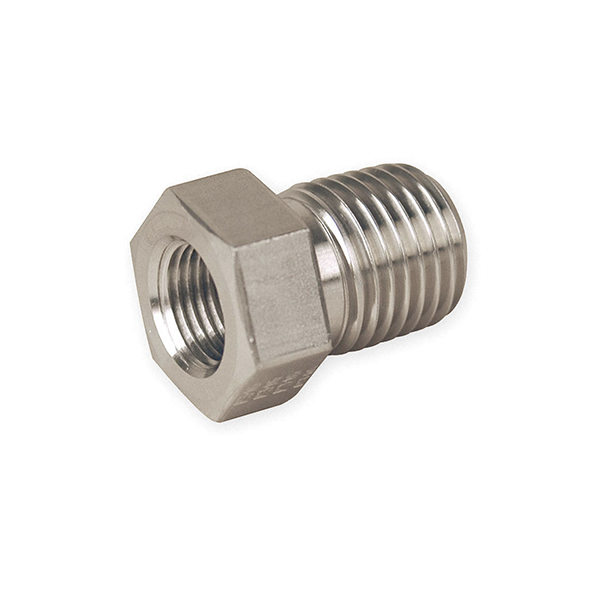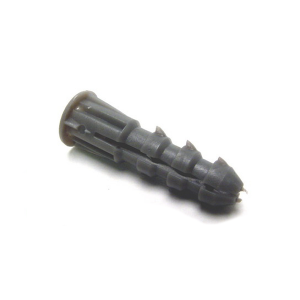Reducing flanges are a specialty flange that are most often used on projects that require the fitting together of different sized pipes.
A reducing flange consists of a flange with one specified diameter having a bore of a different and smaller, diameter. Except for the bore and hub dimensions, the flange will have dimensions of the larger pipe size.
Reducer flange draws :
There are several types of reducing flanges including weld-neck reducing flanges, slip-on reducing flanges and threaded reducing flanges.
Reducing Flange can be fabricated using a reducing spool with concentric or eccentric reducer & desired flange at each end OR it could be a single flange with internal reduced bore to connect different sized fittings on either sides.
– Weld Neck and Slip-On: Connect the flange sides that match the higher diameter of pipe and complete welding process. Repeat the welding process for the smaller size of pipe on the other side of the reducing flange. Now both sizes of pipes are connected through the reducing process. Take enough care to ensure that the inside diameters of the pipes are properly aligned with the ID of the Flange on both sides.
– Threaded Flange: First connect any one size of pipe by threading to one side of the flange. Make sure that the pipe is inserted to reach the required depth inside the flange. Repeat the same process for the other size of the pipe.
– In high pressure and temperature applications, welding is done on the outside of the pipe after threading to increase the strength of the joint.
Designed for use in changing diameters in a piping system. A reducing flange consists of a flange with one specified diameter having a bore of a different and smaller, diameter
Except for the bore and hub dimensions, the flange will have dimensions of the larger pipe size.
Type of Reducing flanges
Sunny Steel can design and produce the reducing flange as per request , we can supply the reducing flange in various types including weld-neck reducing flange, slip on reducing flange and threaded reducing flange etc.
Except for the bore and hub dimensions, the flange will have dimensions of the larger pipe size. Reducing flanges are normally provided as one of three types:
Uses of Reducing Flanges:
– Reducing flanges are used in pipe-to-pipe connections.
– Reducing flanges are a little easier to bolt up than non-reducing flanges.
– They provide the most perfect solution when you need to connect different size flanges.
– These flanges are available in all types and pressures.
– Reducing flanges are fixed by welding, gluing or clamping flanges of equal dimensions provided with different connecting pieces.
– They offer the simplest and least expensive method of mating two different sized flanges.
Standards, Dimensions & Weight
– 300# Slip-On Orifice Flange
– 300# Weld Neck Orifice Flange
– 600# Weld Neck Orifice (raised face and RTJ ring type joint) Flange
– 900# Weld Neck Orifice (raised face and RTJ ring type joint) Flange
– 1500# Weld Neck Orifice (raised face and RTJ ring type joint) Flange
– 2500# Weld Neck Orifice (raised face and RTJ ring type joint) Flange
What is a Reducing Flange?
Reducing flanges are designed for when there is a change in the pipe size. The predominate flange (dimensions) matching the larger pipe size (NPT) but having a smaller bore matching the smaller pipe size (NPT). These flanges normally come in blind, slip-on, threaded and weld neck flanges.
They are available in all pressure classes and provide a good alternative to connecting two different sizes of pipe. This type of flange should not be used if an abrupt transition would create unwanted turbulence, such as at a pump.
Size: 1/2” to 60”, DN 12mm to DN 1500mm
Pressure class: Class 150 to Class 2,500, PN 2.5 to PN 250
Facing: RF / RTJ
Material:
Cabon steel: A105, A350 LF2
Stainless steel: A182 F304/F304L/F316/F316L/F321
Alloy steel: F11, F12




